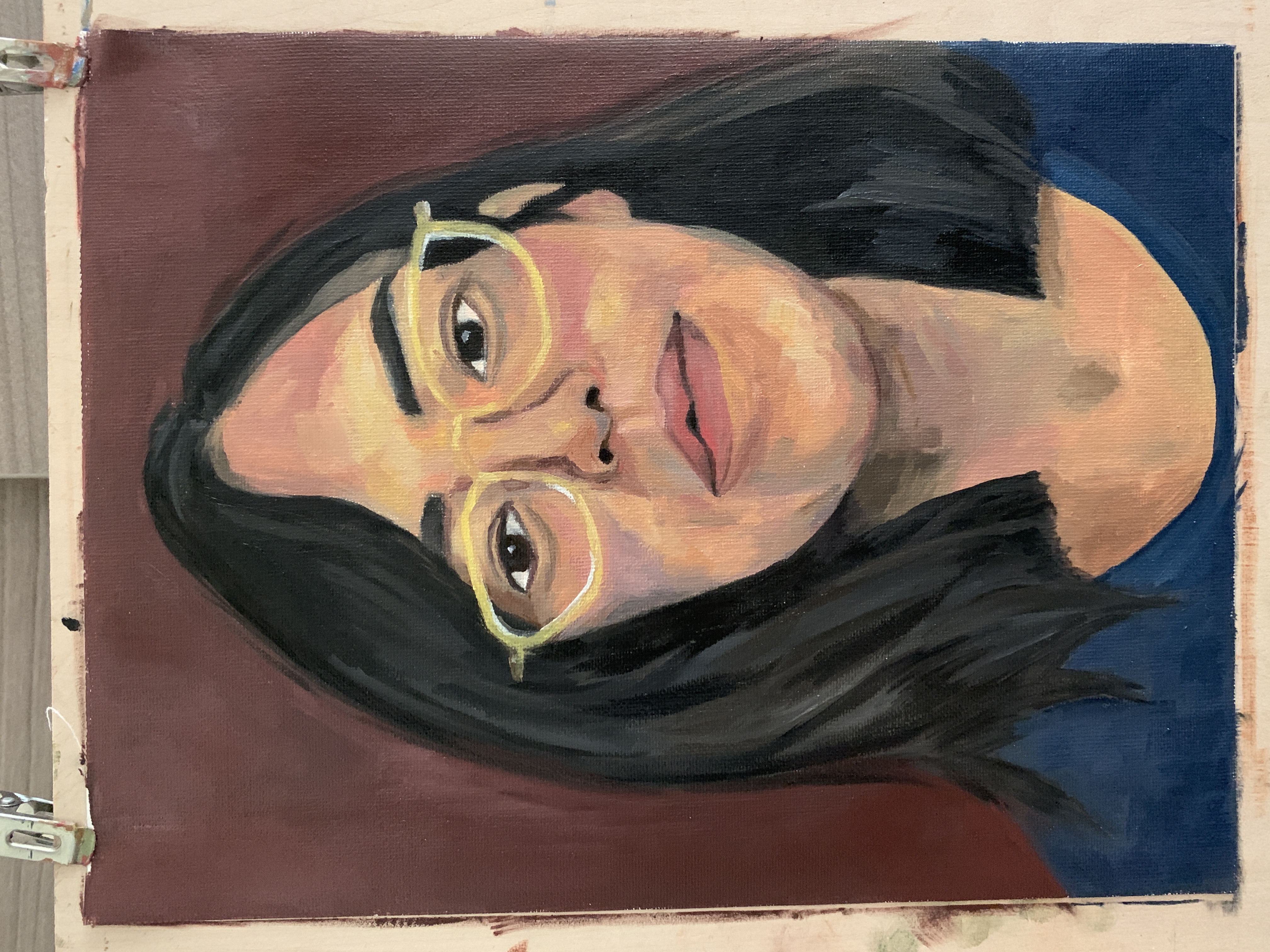Sewing the Sail, 1896, 222x300 cm
- Sok Han Teng
- Dec 14, 2023
- 2 min read
Updated: Nov 29, 2024
Joaquin Sorolla, acclaimed as "the master of light" by luminaries such as John Singer Sargent and Claude Monet, created the iconic painting "Sewing the Sail" in 1896 on a substantial 222cm by 300cm canvas.

This oil masterpiece seamlessly blends various art styles, including luminism, impressionism, and realism. Notably, the painting received a gold medal at the 7th International Art Exhibition in Munich and the Grand Medals of the Austrian State at the 1898 International Exhibition in Vienna.

In my opinion, it's challenging to envision a reason why someone wouldn't appreciate this painting. "Sewing the Sail" stands as a testament to Sorolla's keen observational skills and impeccable painting techniques.
As the mastermind behind a series of Spain garden paintings, Sorolla consistently demonstrates his prowess as "the master of light."
Who is Joaquin Sorolla?

Joaquin Sorolla, a luminous and vibrant Spanish painter, drew inspiration from scenes of everyday life and labor.
He is one of the most estimable, prolific, and fascinating personalities in the history of modern Spanish painting. Creator of some of the most brilliant and convincing images of sun-drenched Mediterranean Spain, Sorolla ranks among the most beloved and popular Spanish artists of all time, coveted by collectors, revered by art critics and historians, and rivalled only by Diego Velázquez and Francisco de Goya.
What is this painting about?
What’s the initial thoughts come to mind as you gaze upon this painting?
Honestly, in the initial moments of viewing this painting, I perceived it as a scene depicting individuals preparing gowns for a wedding ceremony outdoor! I found this painting to be incredibly romantic and brimming with positive love energy!

However, the painting unveils a deeper narrative — a portrayal of the traditional craft of sewing a sail by women in the coastal regions of Spain, likely fisherwomen preparing for a maritime voyage.
Sorolla expertly captures the essence of labor, skill, and the cultural significance of maritime activities in these communities. The play of light and shadow, characteristic of Sorolla's style, injects dynamic energy into the scene, emphasizing the textures of the fabric and the collaborative effort of the women involved in this traditional craft.
Artistic Details and Realism:
One of the most captivating aspects of "Sewing the Sails" is Sorolla's mastery of light.

The sunlight bathes the terrace of a fishermen’s house, illuminating the laborious manual work undertaken by the women. The whiteness of the sail reflects the daylight filtering through plants and, possibly, a roof.


Sorolla's meticulous attention to detail is evident in his portrayal of the fishermen's movements and expressions. The figures exude realism, with focused and engaged expressions, and the ambiance almost transports viewers to the scene, where one can almost hear the exchange of jokes and advice among the men and women as they work on the sail.

I regret not paying closer attention to Sorolla and his work during my visit to Spain in 2019.
His brushwork and mastery of colors serve as a profound inspiration to me. I would love to revisit the gardens he painted, particularly in the enchanting sunlight, to fully appreciate the beauty and brilliance of his artistry.



Comments